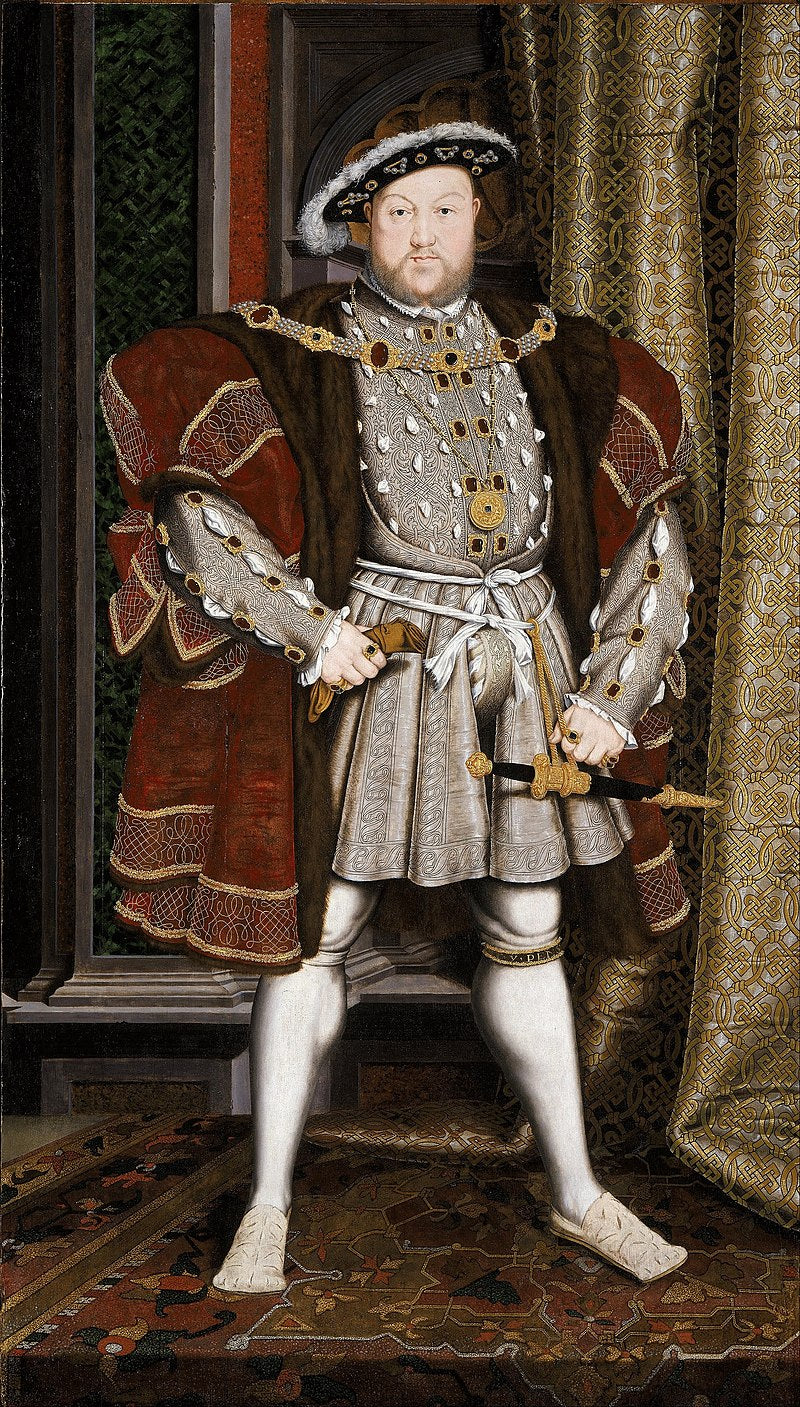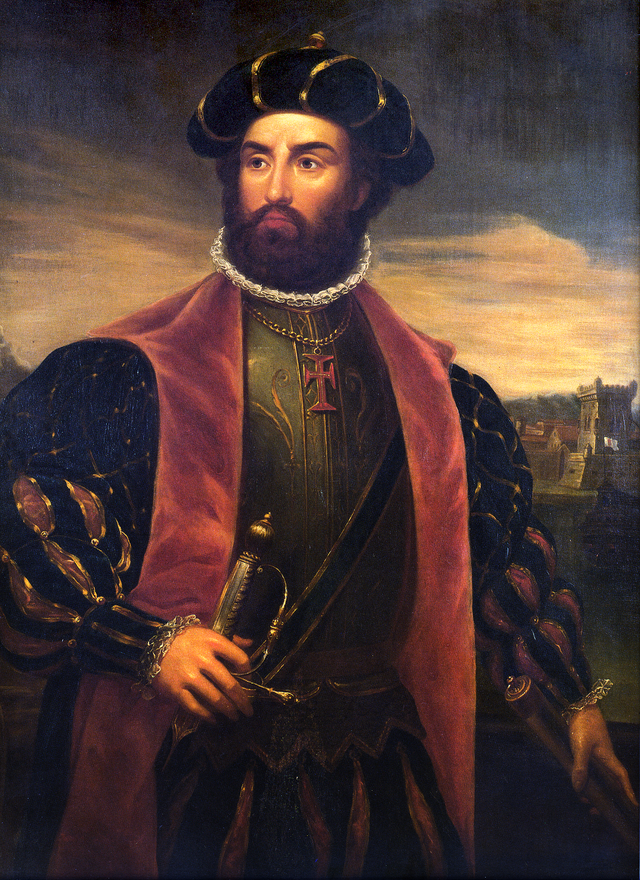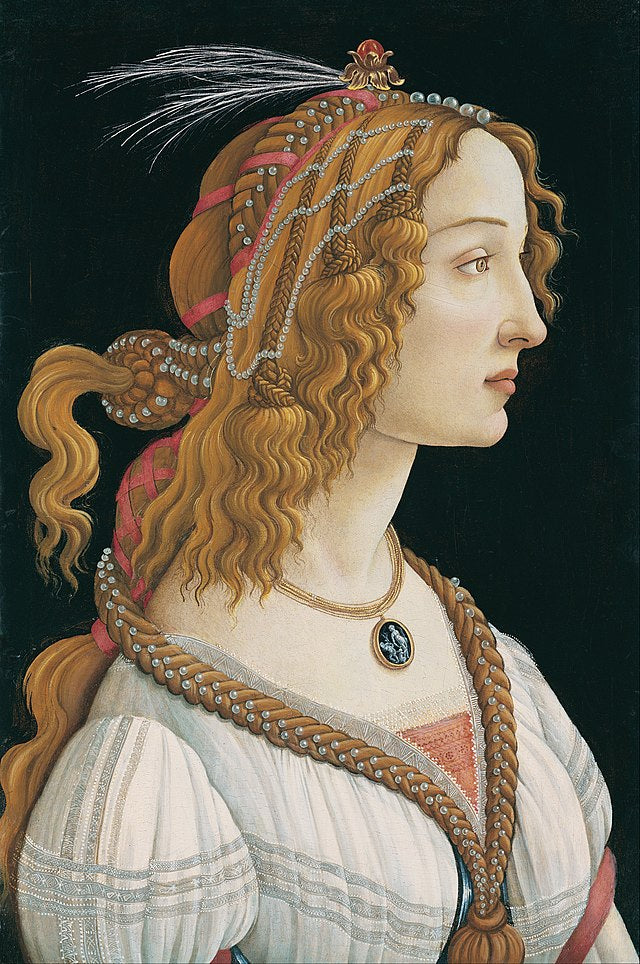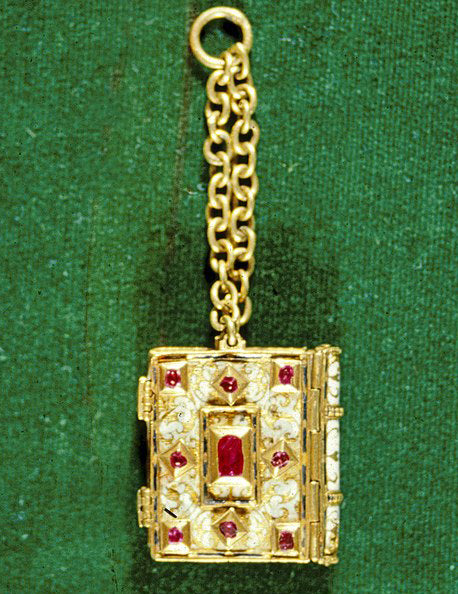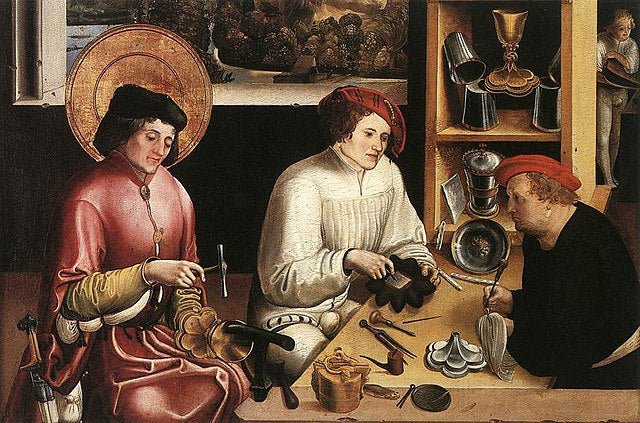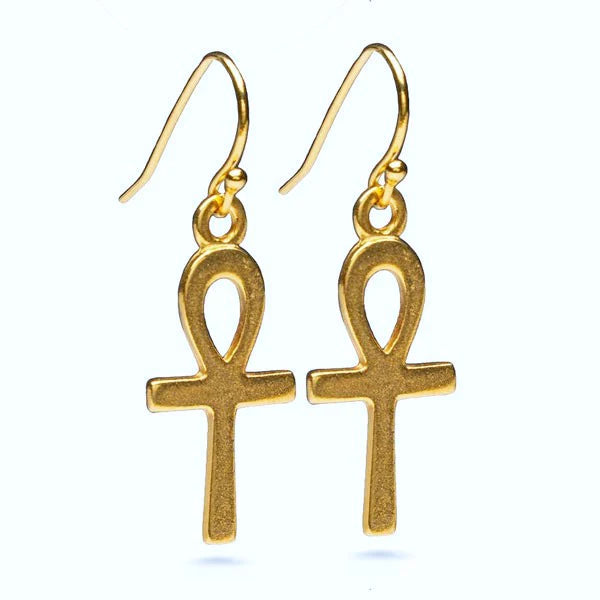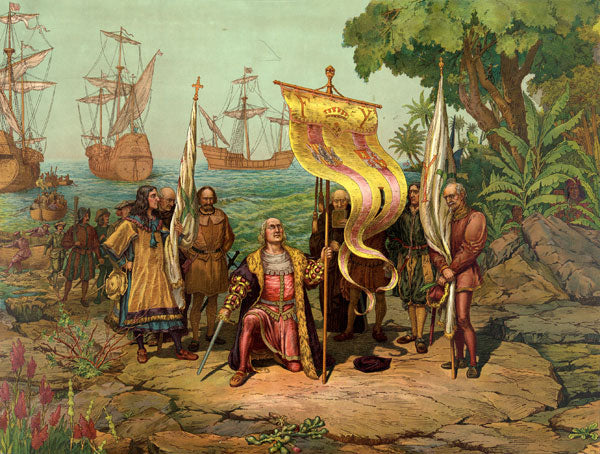
Illustration on top: Columbus arrives in the New World in 1492
During the second half of the 16th century, a more restrained style was promoted through the influential court of Spain's Philip II. Men, in particular, wore very little jewelry, while during the long reign of England's Elizabeth I, emphasis was placed on extravagant adornment of women.
The voyages of discovery sponsored by the Spanish and Portuguese courts towards the end of the 15th century significantly influenced the trade in precious stones. Columbus' discovery of the New World in 1492 increased the meager supplies of emeralds in Europe. Together with large quantities of gold and silver from South America, these gems contributed to Spain's immeasurable wealth.
Before the Spanish conquest, many different cultures existed in South and Central America. Their connection to nature is seen in the style of their personal adornment, which was often worn as protection against hostile forces or sacrificed to please their gods. These jade earrings with twisted gold beads are an example of jewelry that existed in South America before Columbus.
Gradually, the Spaniards took home fewer local ready-made jewelry and concentrated instead on the raw material. In particular, the emeralds impressed the Europeans, who were not used to seeing them in such a clear green color and in those sizes. But jade and other stones were also of great interest. Gold and silver were mined and local jewelry was remelted. All of it was brought home for processing in Spain.
Barcelona became the seat of the gem trade, and here developed the flourishing goldsmiths' guild, whose registers included the important design series of apprentice works known as the Llibris de Passanties.

